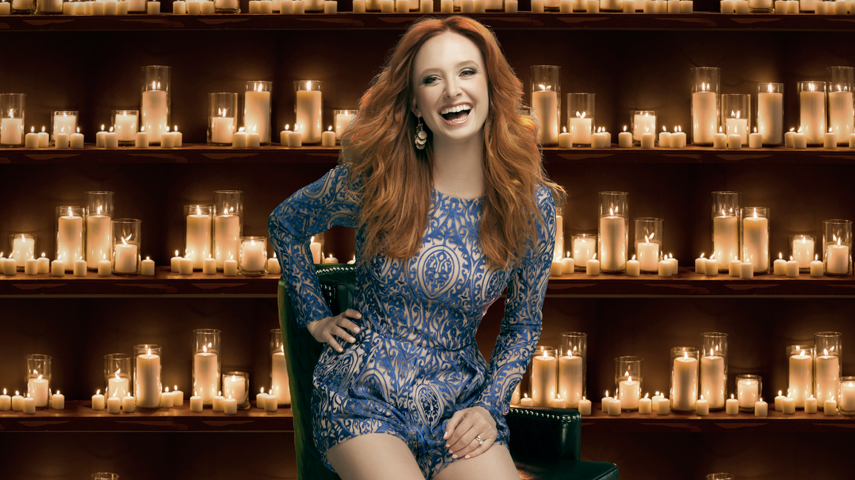When Fashion Sponsorship Works
LONDON, United Kingdom €” Mass consumer brands, from car manufacturers to credit card companies, are increasingly aiming to align themselves with the luxury fashion sector in the hope that some of that fashion fairy dust will extend the appeal of their products and attract new audiences. These initiatives range from fashion week activations developed in collaboration with designers to major advertising campaigns. But more often than not, they end up feeling inauthentic.
This fashion season, New York’s Lincoln Center, which has fallen out of favour with several important American designers €” in part, for precisely this reason €” was overloaded with unconvincing corporate sponsors, promoting everything from soft drinks to diet bars. Meanwhile, downtown, Gareth Pugh’s collaboration with Lexus €” part of the automaker’s Design Disrupted event, held on Pier 36, which was transformed into a cavernous installation space €” was more artfully conceived. But the tradeshow-like feel of the location, coupled with the presence of a fleet of Lexus automobiles outside the entrance to the venue, made the event seem out of sync with Pugh’s subversive brand.
So when does fashion sponsorship work?
After attending the press briefing for Alexander McQueen’s €Savage Beauty€ exhibition, restaged at London’s Victoria and Albert Museum, BoF couldn’t help but notice how well McQueen’s commercial partnerships €” with Swarovski and American Express, both sponsors of the V&A exhibition €” have turned out for both sides. Importantly, both of these relationships are characterised by brand alignment, mutual respect, depth, longevity and authenticity.
American Express has a longstanding relationship with McQueen that goes back to 1997. €We approach our partnerships with the medium- to long-term in mind,€ said Lisa Gregg, vice president of consumer products at American Express and, herself, an avid fan of McQueen. €Like in personal relationships, you get out of it what you both put in. We were both focused on innovation, were both challenger brands and had high demand for quality,€ she continued.
In return for the design of several credit cards and access for its card-members, American Express supported several Alexander McQueen shows in the late 1990s, including his New York debut in 1999 and his Paris debut in 2001. The company also funded the American Express Innovation Award, part of London’s graduate fashion week in 2000, the winners of which worked with Alexander McQueen himself in his studio. In 2004, the company co-hosted a €Black€ event, celebrating five years of the brand’s Centurion Card (aka €the Black Card€) in London with a dramatic restaging of McQueen’s greatest catwalk hits, featuring a dance duet by Michael Clark and Kate Moss.
€To be a bit transparent, we wanted to introduce our brand to new audiences and to drive some brand reappraisal,€ continued Gregg. €Why it really worked with Alexander McQueen was that we both understood what each other brought to the party. We didn’t tell him how to creatively drive his designs and just because we’d done one thing before didn’t mean we had to do it again. We had fun and lively discussions €” it was a relationship of mutual respect.€
Swarovski, the main sponsor of €Savage Beauty,€ also has longstanding ties to the Alexander McQueen brand, dating to the mid-1990s, when Isabella Blow first introduced Alexander McQueen to Nadja Swarovski. The connection led to Swarovski’s support of McQueen’s Spring/Summer 1999 collection, as well as numerous other collaborations, including the creation of a crystal Christmas tree, which graced the V&A’s grand entrance in 2003, and the gemstone-encrusted bird’s nest and bird’s skull headdresses that appeared as part of McQueen’s Autumn/Winter 2006 collection.
Nadja Swarovski says successful fashion partnerships are based on trust: €We work with people we admire and who share our values and it is always exciting to see how collaborations can expand the use of crystal to new creative fields and how designers enjoy the challenge of utilising their skills across new disciplines.€
€Our only requirements are that the designers have an appreciation for the product and that they use the crystal in unique ways,€ she continued. €We believe in giving creative freedom to the designers and we choose our partners very carefully to ensure that each other’s brand association enhances both parties.€
On the longstanding partnerships, Jonathan Akeroyd, chief executive of Alexander McQueen, added: €In the early days, support from American Express was a vital lifeline to help execute projects. There was freedom and trust, which takes the stress away.€
€Mindset is the most important thing,€ he continued, €and with both Amex and Swarovski they didn’t put lots of conditions on the partnership. When a commercial partner puts so many conditions in place, it becomes suffocating. The partnership continued after Amex’s direct sponsorship ended and a will to support was there.€
Critically, unlike so many of the more near-sighted fashion sponsorships we see at fashion weeks these days, the successful partnerships that American Express and Swarovski have nurtured with Alexander McQueen are rooted in genuine enablement: the two companies funded the designer’s creativity and, in return, got to play a part in Alexander McQueen’s world, absorbing some of its magic into their own brands.
